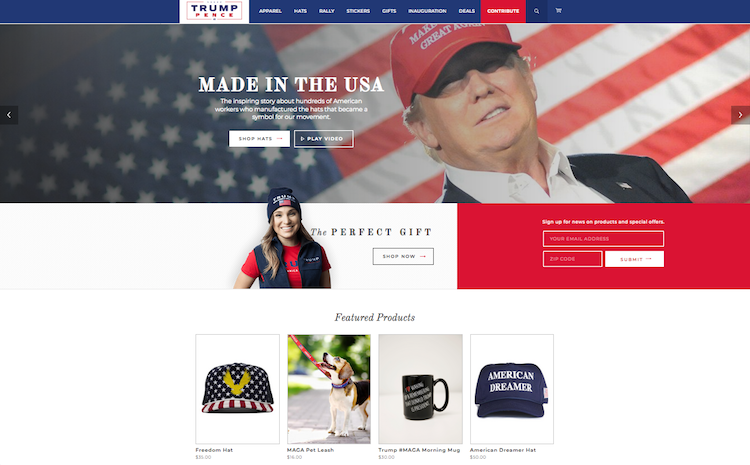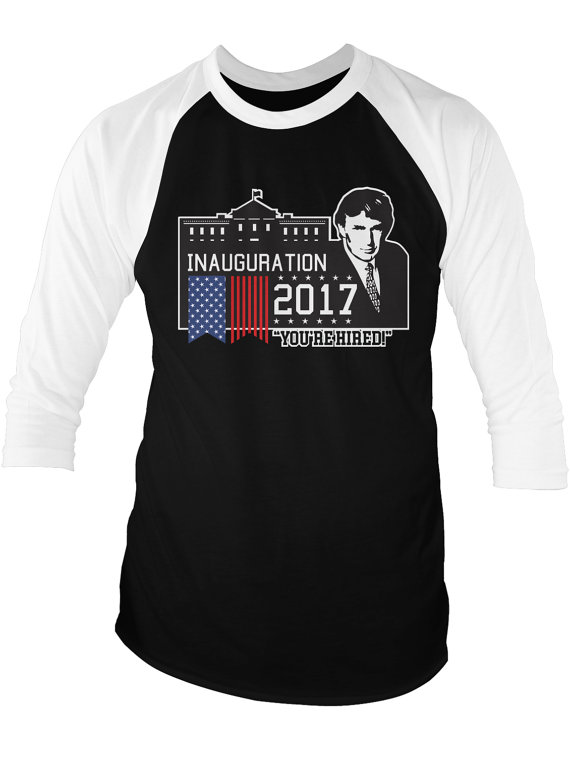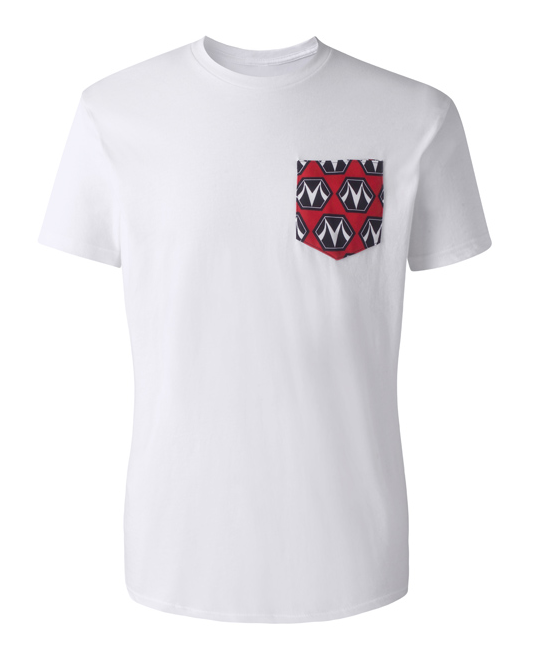6. Go Retro
The retro look is big right now, with everyone from pro sports teams to fashion designers looking to past trends for inspiration. That throwback approach has carried over into the headwear market. “Retro-style logos suit casual caps,” Belyea said.
7. When in Doubt, Embroider it Out
“Embroidery continues to be the most common decoration method,” Spier noted. “It’s quick, easy and affordable. Most suppliers offer embroidery services, or you can use your favorite contract shop.”
8. Sell and Repeat
From a promotional standpoint, most apparel is at least somewhat seasonal. Jackets, for example—they’re nice items with boatloads of perceived value, but giving them away in June will weaken their promotional potential. Headwear, on the other hand, is season-proof. “Caps and knits sell throughout the year, allowing multiple selling seasons,” Porter explained.
“Products that allow for multiple sales or selling seasons should be important to distributors,” he added. “Take a fresh look at headwear with emphasis on retail selling seasons that highlight opportunities.”
9. Aim for the Add-on
Because they’re available at a wide range of price points, hats and caps work nicely as add-ons clients can bundle with other promotional items. “If a project allows for additional budget, a cap can often upgrade the value of a program from an item to a coordinating package—say, a piece of apparel plus a matching hat,” Belyea said.
10. Find the Right Supplier
Sure, it’s not headwear-specific sales advice, but it’s important all the same: A reliable supplier can be the difference between a big sale and no sale at all. “The biggest key to success is finding a cap supplier willing to work with jobs both big and small,” Spier advised. “Find a company where you can speak with the same person every time. This way, the supplier will get to know you and your customer’s needs.”



